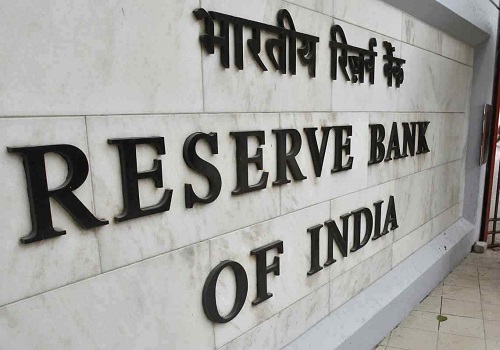India`s tighter unsecured loan norms not aimed at stopping credit flow - cenbank deputy M. Rajeshwar Rao

The Reserve Bank of India's (RBI) tighter norms for credit cards and personal loans are meant to moderate excessive lending in the segment and not to stop the flow of such credit, a deputy governor at the central bank said on Friday.
The RBI, last month, asked lenders to set aside more capital to cover personal loans and lending via non-bank finance companies (NBFCs) on concerns that soaring demand could lead to greater risk.
"It is essentially a prudential measure to curb or moderate credit growth in certain specific sectors," M. Rajeshwar Rao said at a post-policy media briefing in Mumbai.
"It is not tantamount to turning off the tap. The tap is open but the only thing is that the pressure has been reduced."
The tighter norms are expected to moderate loan growth in the unsecured lending portfolio of banks, Macquarie said in a note on Thursday.
Fintech player Paytm said Wednesday it plans to issue fewer sub-50,000-rupee ($599.75) loans.
Reuters reported on Thursday that Indian banks and NBFCs have asked their fintech partners to curtail issuing tiny personal loans.
Loans of below 50,000 rupees make up less than 0.5% of the total outstanding bank loans and do not pose a systemic risk, Swaminathan Janakiraman, a deputy governor at the RBI said on Friday.
The RBI expects lenders to set aside more capital against loans given for consumption-led segments or unsecured credit that does not have a defined end-use, he added.
($1 = 83.3679 Indian rupees)










More News

IIP Growth Moderated to 1.2% in May 25 by CareEdge Ratings












